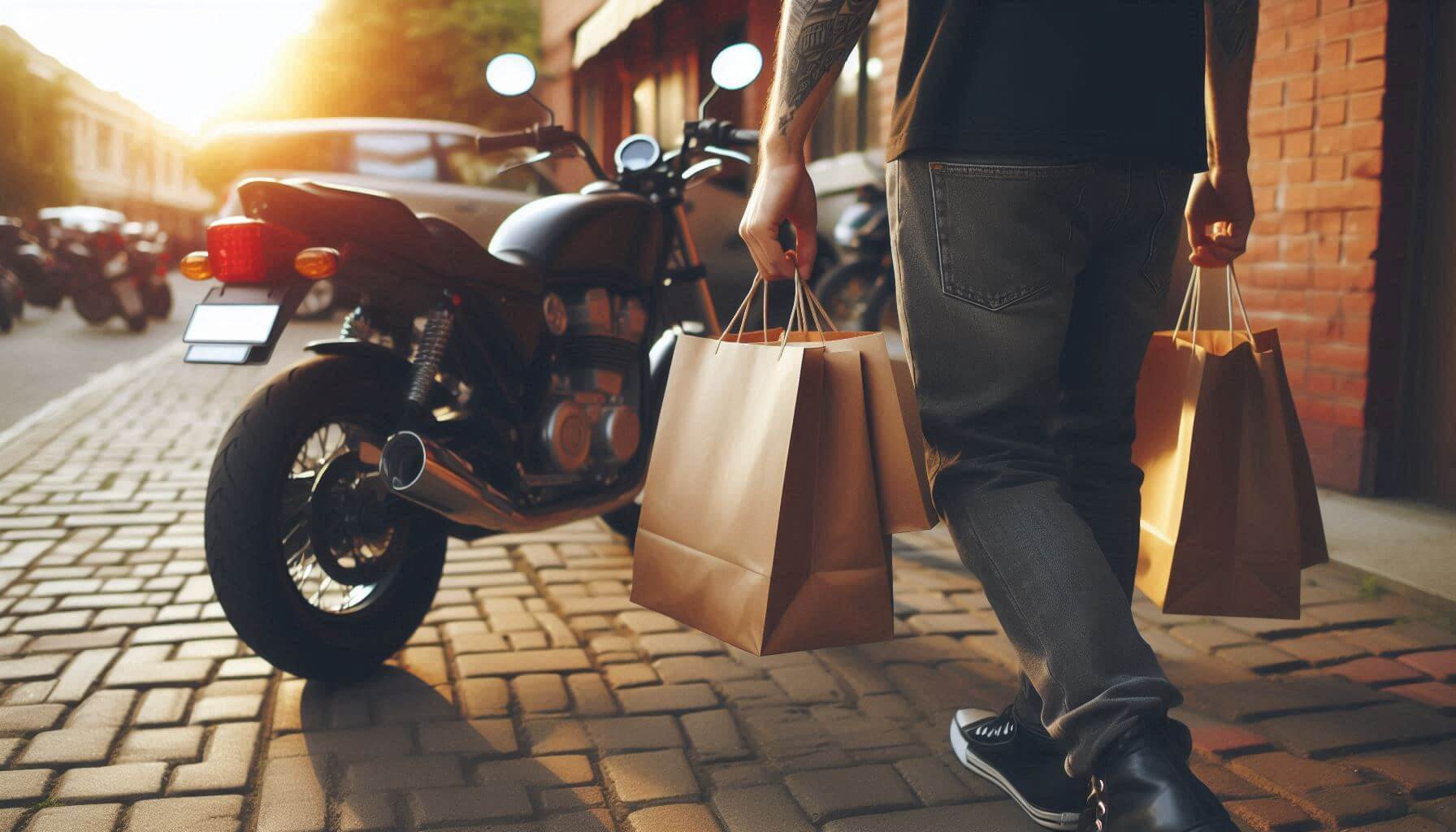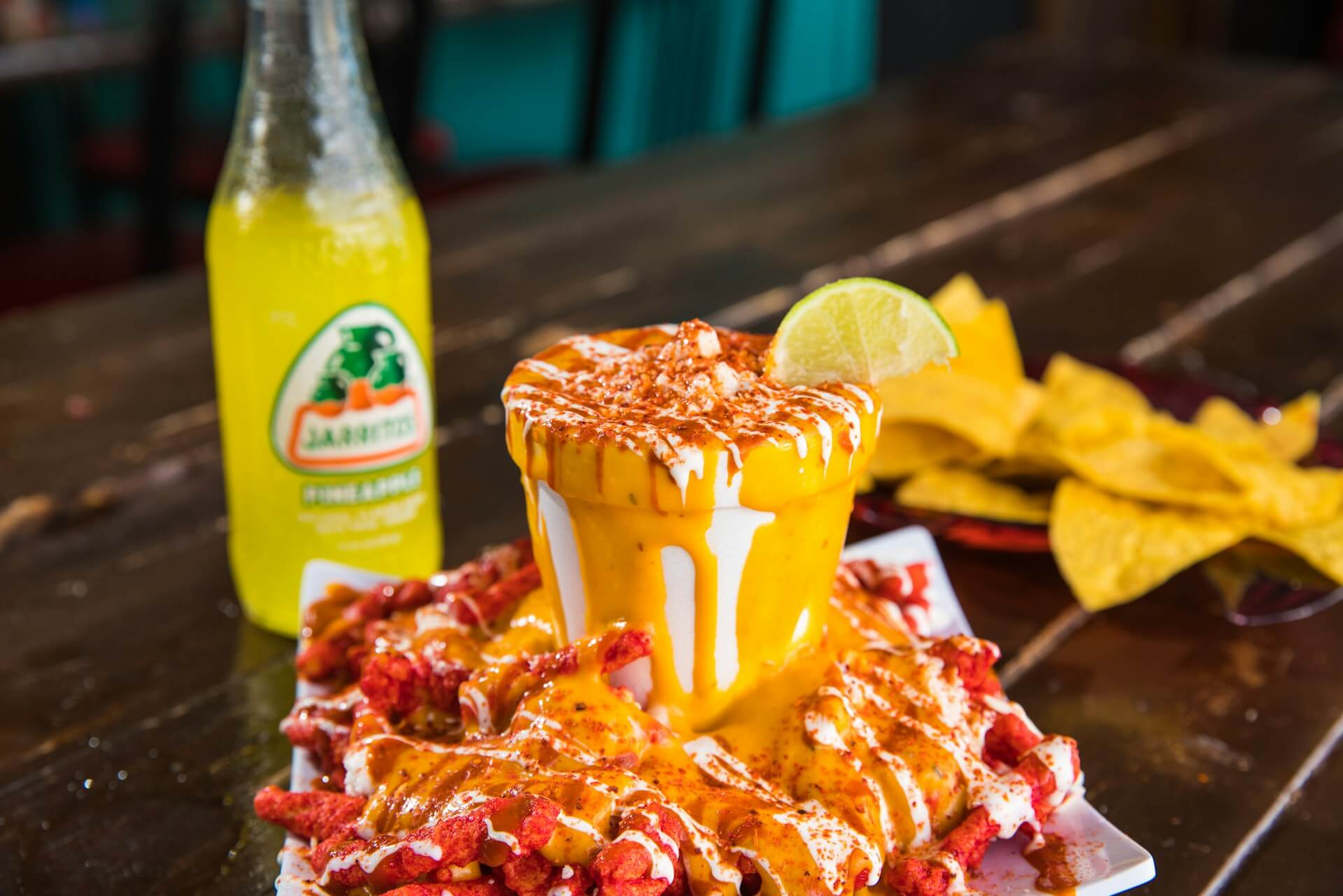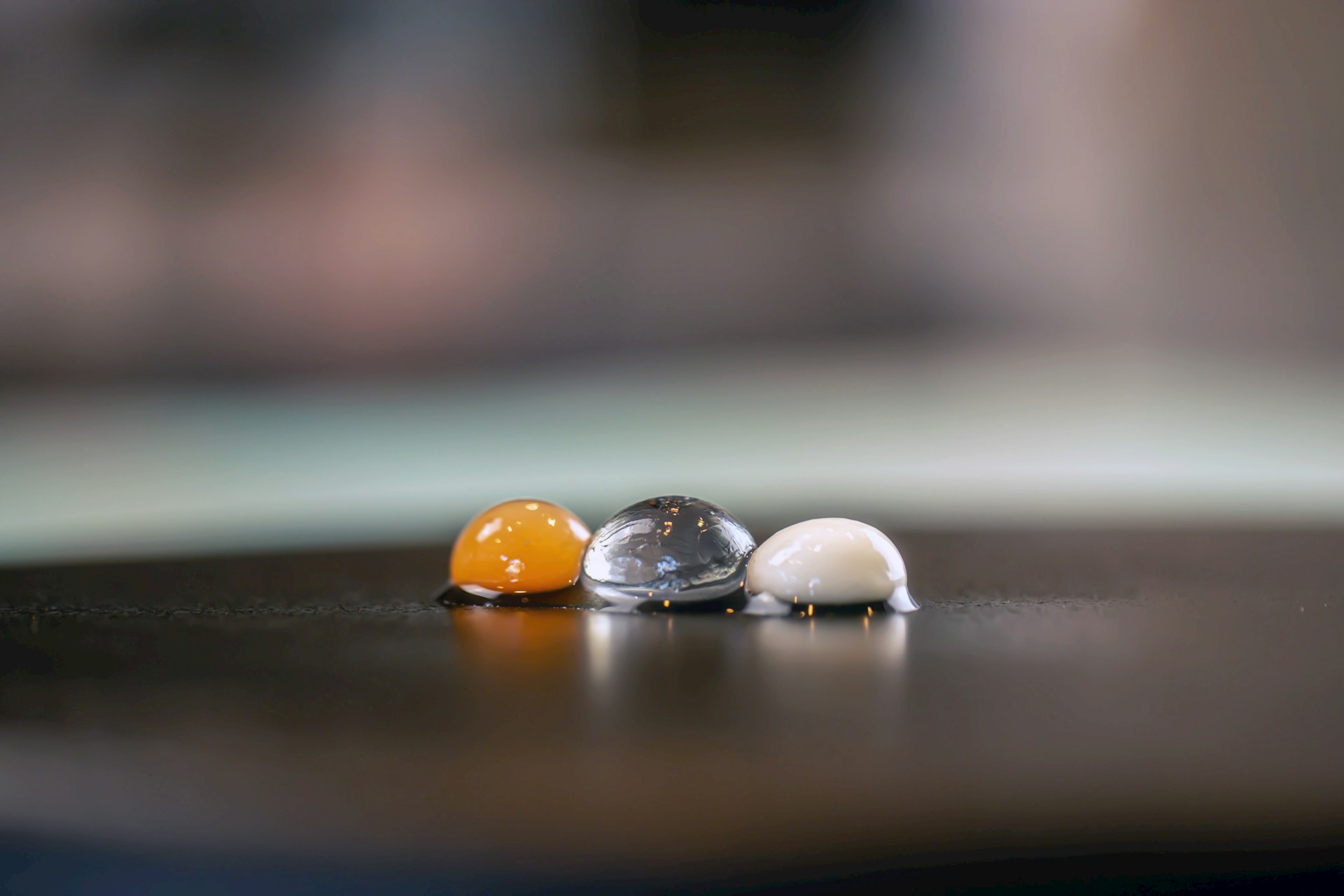5 Books to Read this Month: November 2024
by David Klemt

Our November book selections focus on recognizing your own potential, developing and enhancing culinary and cocktail skills, and leadership.
To review the book recommendations from October 2024, click here.
Let’s jump in!
Who doesn’t appreciate dining on a soup, salad, and sandwich? It’s one of the most famous food-based trinities in the world. Each of these individual items is a blank canvas for creativity from your kitchen team; they can be as simple or complex and inventive as you and your team desire. A soup, salad, or sandwich can introduce guests to new flavors. When presented as a trio, they can also tell a cohesive, compelling culinary story. In this aptly named cookbook, Matty Matheson tells interesting stories, and shares more than 120 recipes.
From Amazon: “Packed with character, personal stories, 126 scrumptious recipes, and vivid photographs of a day-in-the-life with Matty and his family, Soups, Salads, Sandwiches will have you fearlessly whipping up your own combinations in the kitchen.”
Order your copy today on Amazon, or wherever you get books.
Mike Bausch, the author of Unsliced, was one of the first guests on the Bar Hacks podcast. If you’d like to give his episode a listen, it’s number number 18 (Spotify link | Apple Podcasts link). In his book, Bausch lays everything out for pizzeria operators, from leadership and marketing to adjusting your mindset.
These two sentences from the description of Unsliced say it all, and they resonate with me and my partners at KRG Hospitality: “It’s hard not to get discouraged in this business. But with the right perspective, smart systems, and hard work, your restaurant can thrive.”
From Amazon: “If you own a pizzeria, you know something most people don’t: the pizza business is more cutthroat, stressful, and multifaceted than Wall Street. Every day is a constant struggle to manage overhead, attract loyal customers, stand out from the pack, and keep your employees motivated.
“Running a pizzeria is hard. But it doesn’t have to be as hard as you think.”
Published earlier this year, The Bartender’s Pantry by Jim Meehan and Bart Sasso offers a unique departure from the standard cocktail recipe book. As you glean from the word “pantry” in the title of this book, Meehan and Sasso encourage bartenders to take a culinary approach to crafting drinks. However, The Bartender’s Pantry is also aimed at cooks. Really, this is a great book that should help bring the front and back of houses together. There are more than 100 recipes, and this book is available in a flexibound version, which makes it infinitely cool.
From Amazon: “Each chapter features artfully illustrated recipes incorporating the featured ingredients that bring the reader into the kitchens of some of the world’s most revered bartenders, baristas, importers, and chefs. Their innovative takes on traditional recipes including horchata, matcha, Turkish coffee, sorrel, kvass, and ice cream are followed by full-page photos of over 50 cocktails that incorporate them including modern classics like the Gin Basil Smash, Earl Grey MarTEAni and Penicillin.”
Grab the flexibound version from Amazon.
Author Brian Gottlieb identifies three challenges that just about every business faces: leading staff to take ownership of the work they do; friction between departments or separate teams; and producing inconsistent results. He also presents a strategy in Beyond the Hammer to overcome these challenges, in addition to high employee turnover, and burnout.
From Amazon: “These common issues create high turnover and force managers into crisis mode where they’re consumed putting out daily fires. Over time, the very nature of the business changes and a new culture emerges; one shaped by the lowest level of acceptable behavior.”
Hardcover available on Amazon.
If you’ve listened to episode 100 of the KRG Hospitality-produced Bar Hacks podcast (Spotify link | Apple Podcasts link), you’ve heard Tako Chang talk about discovering the Double Chicken Please team’s hidden talents. Moreover, you’ve heard how impressed she is with the team’s skills, and encouraging each member to develop them further. That’s an example of great leadership.
This book, written by organizational psychologist Adam Grant, addresses finding and exploring your own potential; doing the same for others; and why we should focus more on learning than working ourselves to the bone to achieve success.
From Amazon: “Hidden Potential offers a new framework for raising aspirations and exceeding expectations. Adam Grant weaves together groundbreaking evidence, surprising insights, and vivid storytelling that takes us from the classroom to the boardroom, the playground to the Olympics, and underground to outer space. He shows that progress depends less on how hard you work than how well you learn. Growth is not about the genius you possess—it’s about the character you develop. Grant explores how to build the character skills and motivational structures to realize our own potential, and how to design systems that create opportunities for those who have been underrated and overlooked.”
The hardcover costs less than the paperback right now on Amazon.

Looking to Start, Stabilize, or Scale? Book Below to Setup a 60-Minute Result-Driven Impact Session.












